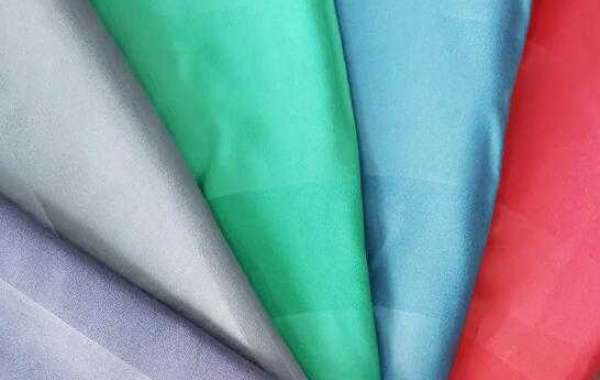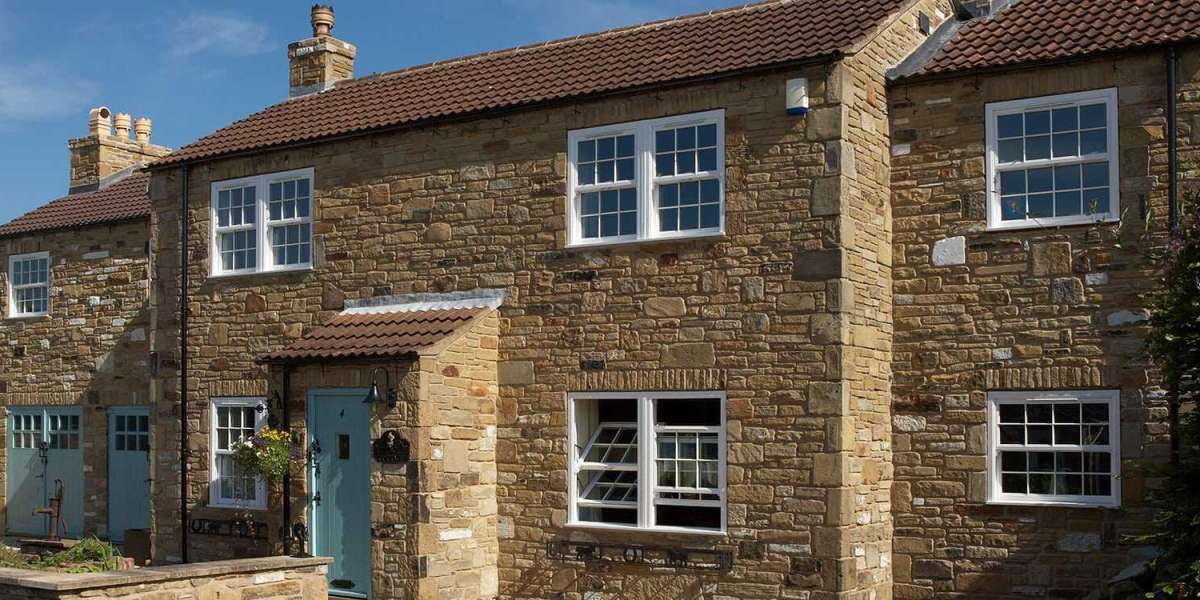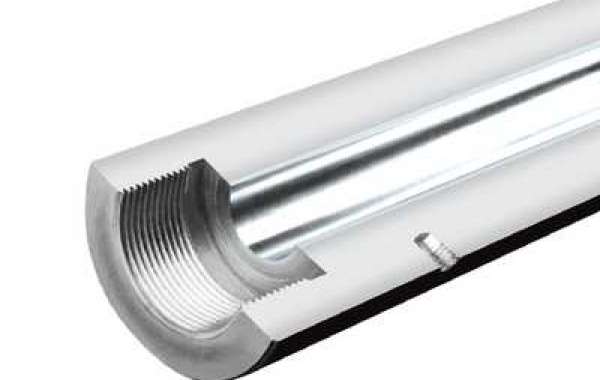Home Textile Fabrics Supplier introduces that mesh fabrics generally have two composition methods, one is knitting and the other is carding. Among them, the knitted warp-knitted mesh fabric has a tight structure and a stable state. The so-called warp-knitted mesh cloth is a fabric with mesh-shaped holes.
Weaving principle There are generally two weaving methods of woven mesh cloth: one is to use two sets of warp yarns (ground warp and twisted warp), which are twisted to form a shed, which is interwoven with weft yarns. The warp warp is twisted on the left side of the ground warp by using a special warp heddle (also known as half heddle). After one (or three or five times) weft throws, the warp is twisted to the right side of the ground warp. Interlaced skein and weft the mesh-shaped holes are formed with stable structure and are called leno; the other is to use the jacquard weave or the change of the reed method. The warp yarns are grouped by three, and a reed tooth can be woven into the cloth surface. Hole fabric, but the mesh structure is unstable and easy to move, so it is also called false leno.
Fabric features warp knitted mesh fabric with its unique surface double mesh design and unique structure in the middle (like X-90° or "Z", etc.), presents a six-sided air-permeable hollow three-dimensional structure (three-dimensional elastic support structure in the middle) , So that it has the following characteristics:
1. It has good resilience and buffer protection.
2. Has excellent breathability and moisture permeability.
3. Light texture and easy to wash.
4. Good softness and wear resistance
5. Diversified meshes and fashionable styles. There are various shapes of meshes, including triangles, squares, rectangles, rhombuses, hexagons, columns, etc. Through the distribution of the mesh, it can show the effect of straight strips, horizontal strips, squares, diamonds, chain links, and ripples.
Through the above introduction, Dyeing Fabric Company hopes that you can simply refer to the content of this article in future use.







